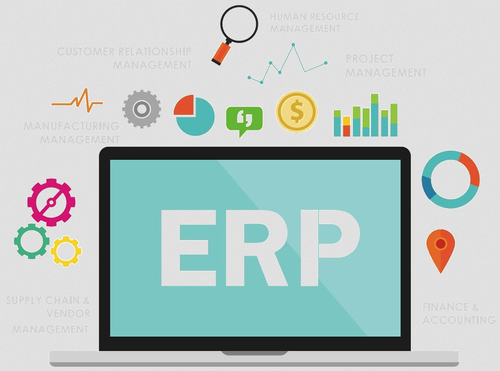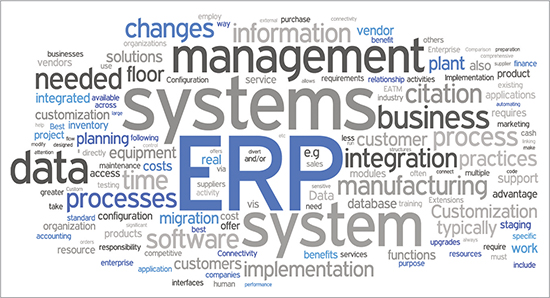Foreword by RON J. WEST
I have invested my entire career in what I call corporate transformation. It might be defined as a series of overlapping, intersecting and impactful changes that collectively result in a complete shift in a company’s culture, the way it does business, it’s brand and even how it thinks about itself. One of the most important lessons I have learned about corporate transformation is that organizations only transform as much as those in the corporation grow, develop and transform themselves. I believe this book can help you transform.
When invited to write a Foreword to this book, I was keen to learn what had been written. How would the authors definitively convey what makes an Enterprise Resource Planning (ERP) implementation successful? It all started when I met Jack after a speech I gave on how to overcome the obstacles typically encountered during any large-scale change effort. Jack’s enthusiasm for the subject was obvious then and he has masterfully carried it through his writing. Dr. David Olson’s expertise, research experience, academic reputation, having published over 100 refereed journal articles and co-author and author of several books, a distinguished scholar, and “Best Enterprise Information Systems Educator” gives this book significant credibility based on professional research by a top world-renown expert in ERP systems. Jack’s experience coupled with Dr. Olson’s academic reputation makes this book truly unique. I am already looking forward to their next book.
I believe that the book achieves its goal by merging academic rigor with practical experience. Real case studies are used throughout to demonstrate how to systematically identify what you need, how to acquire it, and how to successfully implement your chosen ERP solution. It takes the risk and the guesswork out of ERP. The use of case studies throughout makes this book much more directly applicable to the problems faced when first implementing ERP systems.
AN ERP GUIDE FOR BUSINESSES AND EXECUTIVES: SUCCESSFUL ERP SYSTEMS, is fearless in its treatment of areas typically avoided in books about ERP implementations. It asks: “Why are you doing this”, guides you through vendor selection, the different software approaches that can be taken, the integration of business process reengineering, the implementation itself and even how to maintain the ERP system when it is successfully implemented.
Interestingly, the lessons learned apply well to almost any complex digital transformation. It might be technology that is disrupting your business, forcing it to change significantly. Or perhaps your business is leveraging technology to transform itself. Either way, the challenges and the lessons learned, are unchanged. This book identifies those challenges and the lessons learned through numerous real ERP implementations. What the book does is help you, the reader, anticipate the unknowns, be aware of the challenges to be expected, and benefit from the accumulated practical wisdom in its pages. It is sure to help you successfully complete an ERP system implementation as part of the transformation of your own business.






